Metal detectorist discovered 25 Roman silver denarius coins in Norfolk—dating back to 2nd century
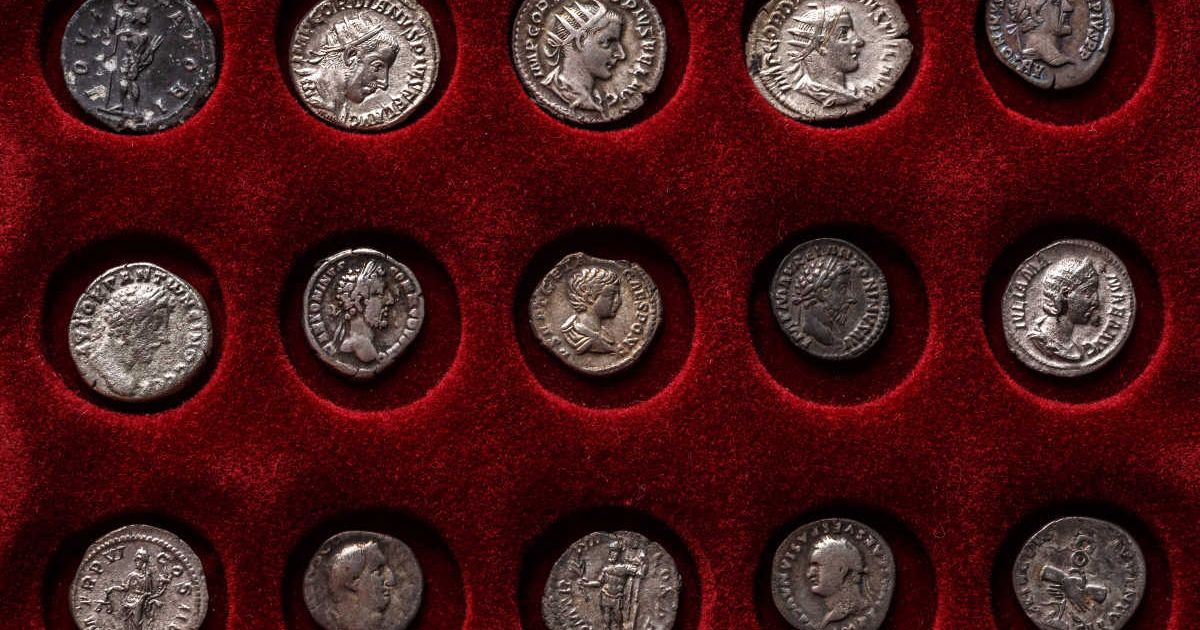
A Roman treasure has come forward in the United Kingdom. The treasure is essentially a Roman silver coin hoard spotted at Great Ellingham, north of Attleborough in Norfolk, according to the BBC. The collection of denarius coins was found by a metal detectorist. The last denarius coin from the collection was detected in 2023, within a field. In total, there were 25 coins in the collection, which researchers believe is what would have been the monthly wage of a legionary in the second century CE. This is the second collection of denarius coins from Norfolk that is undergoing processing by the authorities.
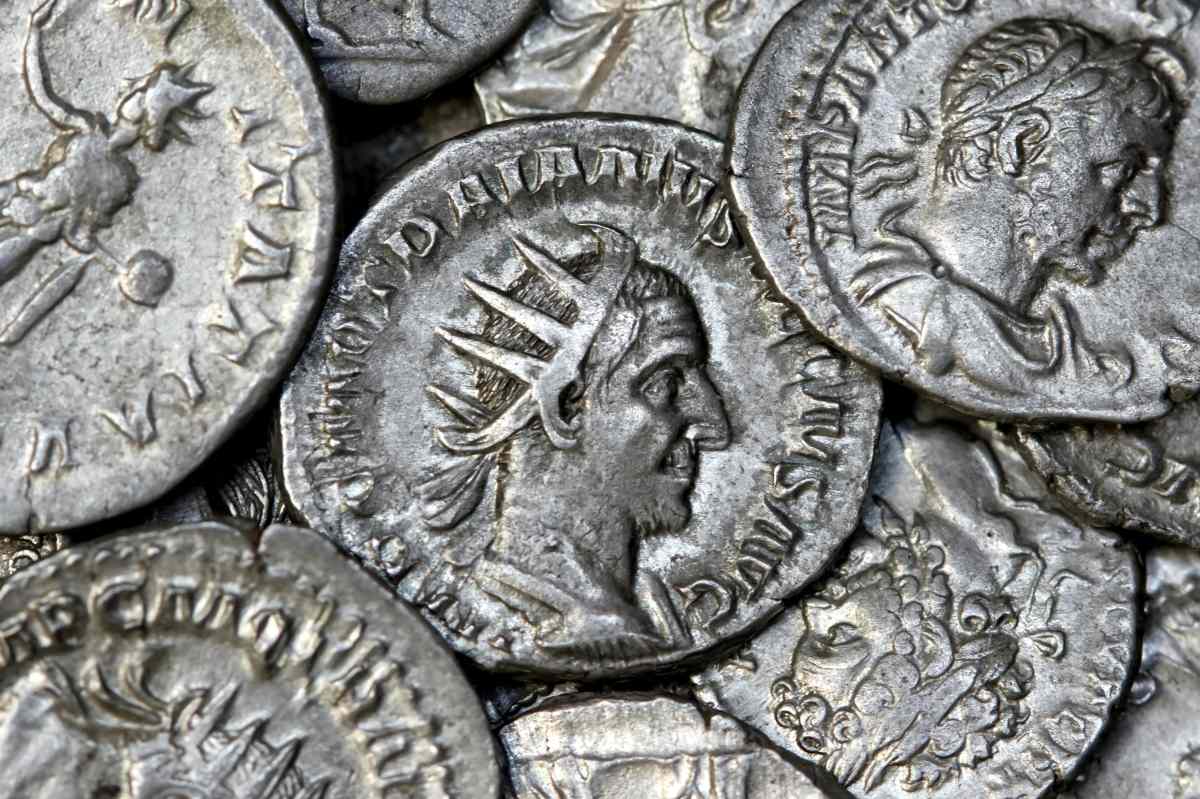
The Coin Collection
Adrian Marsden, a coin specialist for Norfolk County, shared that the detectorist immediately handed over the denarius coins he had found to the authorities, according to Fox News. Further examinations revealed that the collection was around 1,900 years old. Researchers on arrival saw that the coins were spread all throughout the field. Marsden believes farming activity over centuries is the cause behind this state of the coins. "We've had a few hoards like this over the years, scattered by the plow and often of a similar size," Marsden said. Analysis indicated that the coins were possibly lost by their owner between the 160s and the 170s A.D.
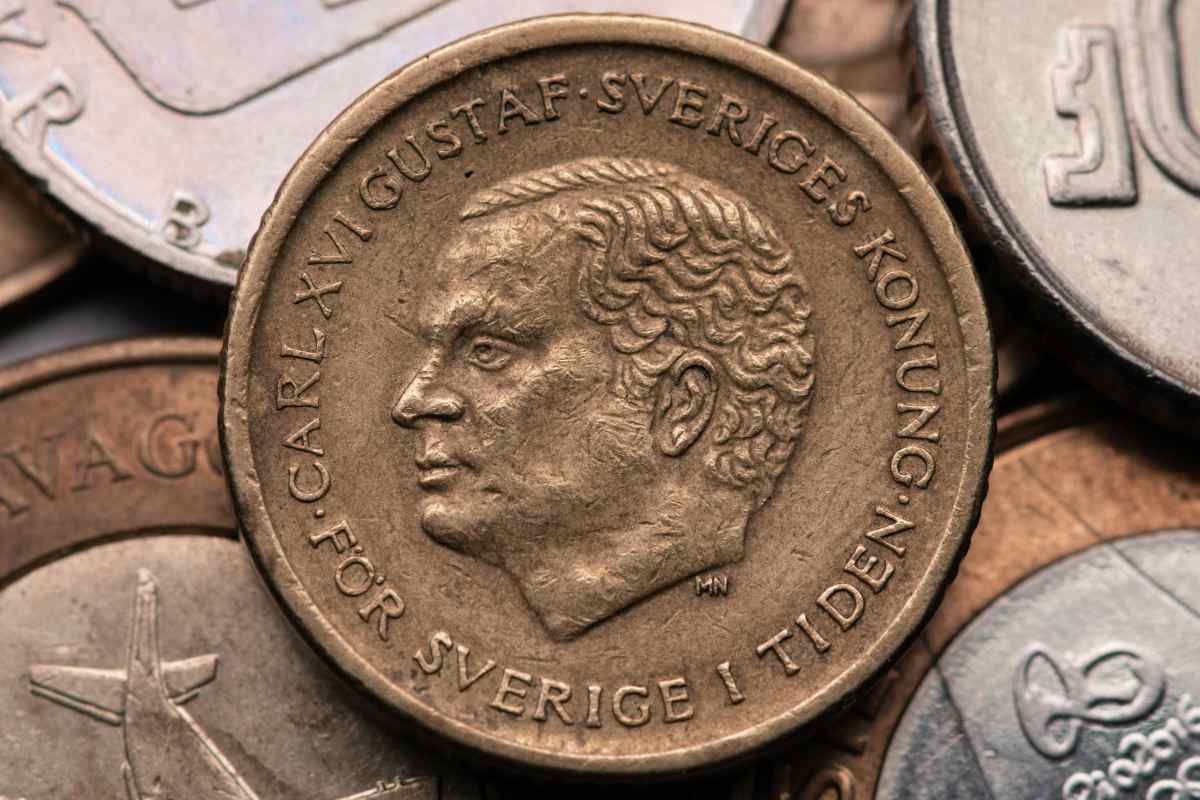
Features of the Denarius
Denarii were essentially silver coins from the Roman Empire that remained in circulation for centuries. In the collection, researchers noted that the coins that appeared to be the most 'recent' did not have much evidence of use on them. This implied that these coins were not in circulation for a long time before getting lost. Seven denarii coins in the collection bore the face of Emperor Hadrian. Others featured the faces of figures like Emperor Vespasian and Trajan. Two coins feature the likeness of Marcus Aurelius, but at different points in life. One of them features him as Julius Caesar, while the other showcases him as an emperor.
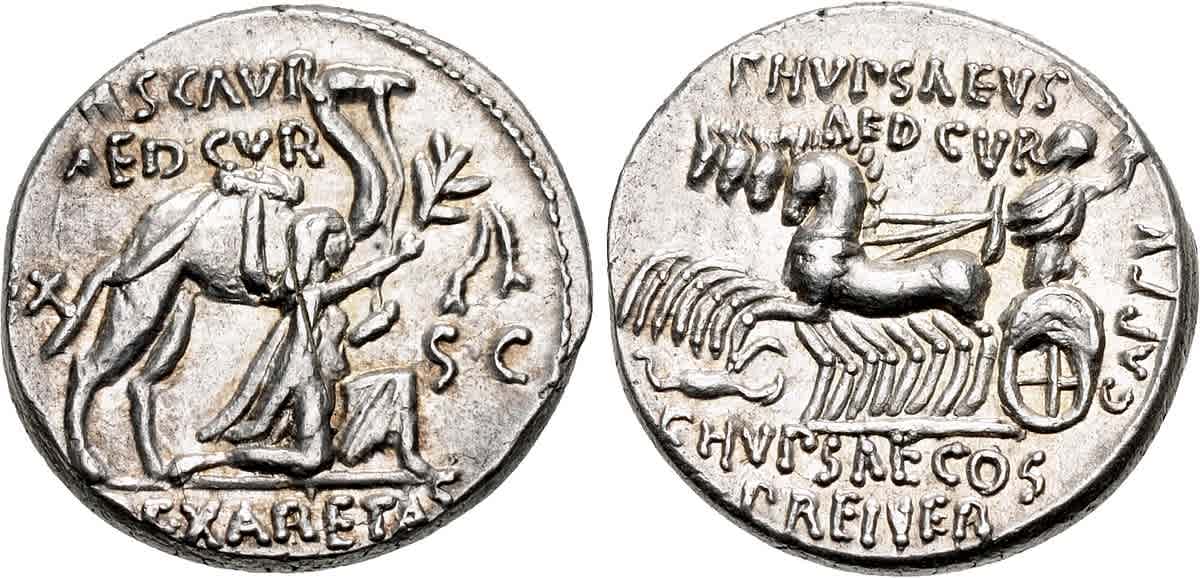
The reverse side of the coins carried several symbolic images. One of the coins featured what seemed to be a personification of Africa. It may have been done to commemorate Rome's authority over the continent. The collection also had a Judaea Capta coin, which was minted to honor Rome's annexation of Judaea and the destruction of the Second Jewish Temple. It was Marsden only who equated the collection to a legionary's monthly pay. Legionaries were citizen soldiers who were "well paid" by the empire, as per the coin specialist.
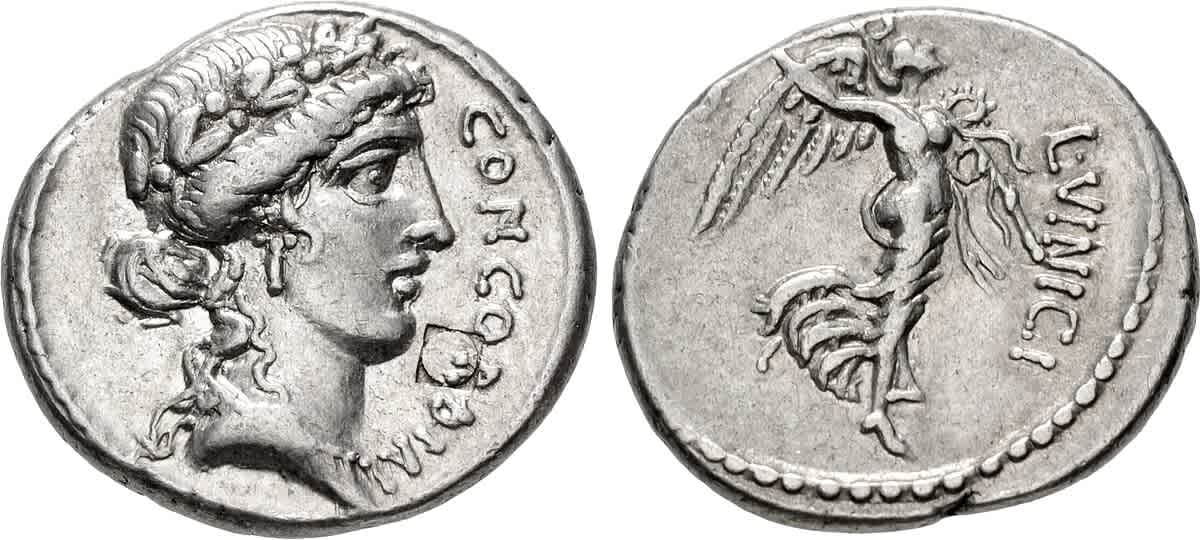
Not a Unique Event
Marsden was elated to have this collection under custody, but claimed that it was not a surprising discovery. Such Roman-era discoveries happen quite often in the area, as the region was a wealthy agricultural landscape during that civilization's stay. The Roman settlement in Britain lasted from 43 A.D. to 410 A.D. It is not shocking that they left behind objects in their five-century existence. The second denarius collection was located near Walpole Highway, a village north of Wisbech, Cambridgeshire. Researchers believed that due to the likeness on the coins, a connection developed between the empire and civilians. Despite being hundreds of miles away from rulers, people were able to feel their presence and celebrate their achievements.